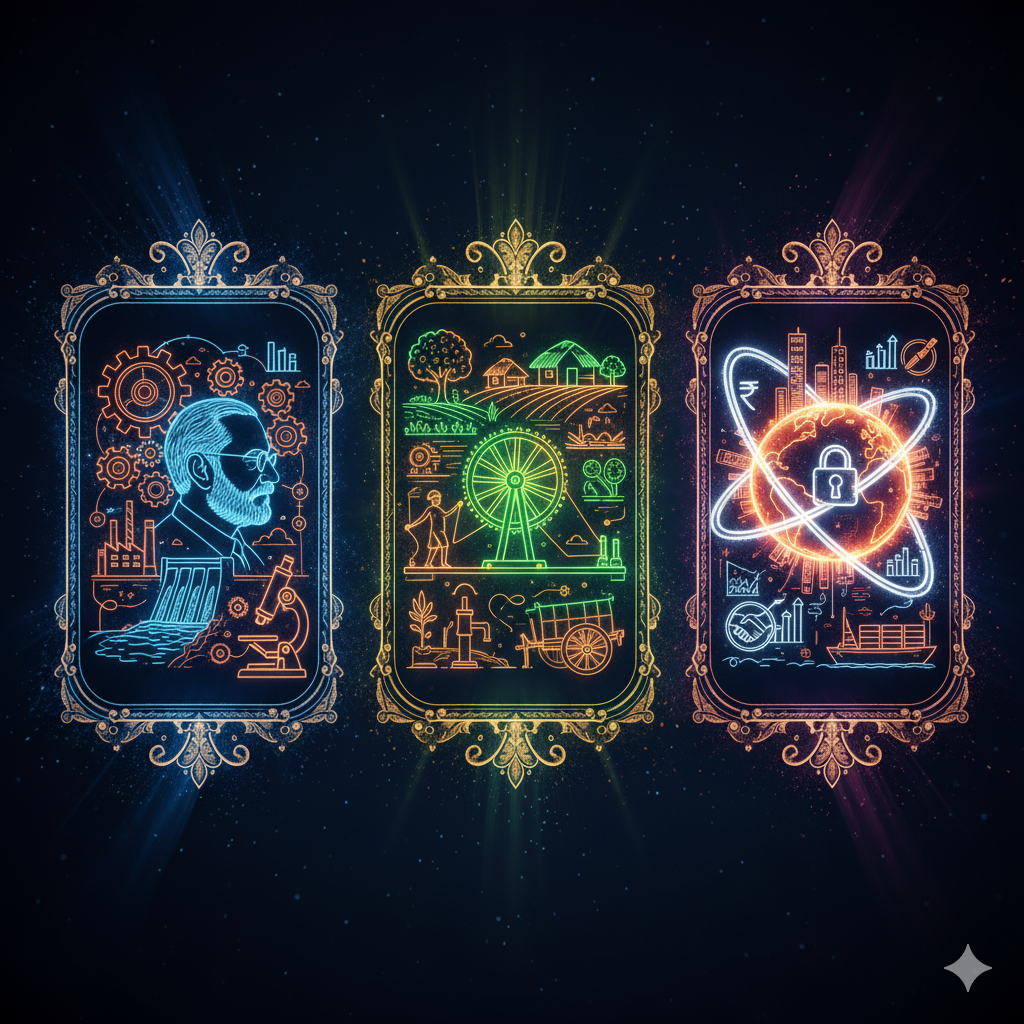Introduction
Agriculture has been the backbone of human civilization for centuries, supplying food, raw materials, and employment to billions. However, with the increasing global population, climate change, and limited natural resources, traditional farming methods are proving insufficient. To meet the demands of the 21st century, agriculture is undergoing a digital transformation. Digital agriculture, also known as smart farming or precision agriculture, is an innovative approach that integrates advanced technologies such as artificial intelligence (AI), the Internet of Things (IoT), big data analytics, and automation to enhance agricultural productivity, sustainability, and efficiency.
This article explores digital agriculture, its key components, benefits, and future prospects while highlighting how technology is reshaping the agricultural sector.
What is Digital Agriculture?
Digital agriculture refers to the application of digital technologies in farming and agricultural practices to improve efficiency, productivity, and sustainability. It leverages data-driven insights, automation, and precision tools to optimize farming activities, from soil management and irrigation to harvesting and supply chain logistics.
This modern approach to agriculture integrates multiple digital innovations, such as:
- Precision Farming – Using satellite imagery, GPS, and sensors to monitor and manage field conditions with high accuracy.
- IoT-Based Agriculture – Employing connected devices and smart sensors to collect real-time data on soil health, weather, and crop growth.
- Big Data Analytics – Processing vast amounts of data to generate actionable insights for better decision-making.
- AI and Machine Learning – Utilizing intelligent algorithms to predict crop diseases, optimize yields, and automate farming operations.
- Automation and Robotics – Deploying autonomous machinery such as drones and robotic harvesters to enhance productivity and reduce labor dependency.
- Blockchain in Agriculture – Ensuring transparency and security in the agricultural supply chain.
Key Components of Digital Agriculture
- Smart Sensors and IoT Devices
- Sensors are embedded in soil, plants, and machinery to collect crucial data on moisture levels, temperature, humidity, and crop health.
- IoT devices enable real-time monitoring and remote management of agricultural operations.
- Sensors are embedded in soil, plants, and machinery to collect crucial data on moisture levels, temperature, humidity, and crop health.
- Drones and Satellite Imagery
- Drones help in crop monitoring, spraying pesticides, and mapping fields efficiently.
- Satellite imagery assists in large-scale precision farming and climate assessment.
- Drones help in crop monitoring, spraying pesticides, and mapping fields efficiently.
- Big Data and Predictive Analytics
- Advanced algorithms analyze farm data to identify trends, predict yields, and detect early signs of disease.
- AI-driven predictive models help in planning optimal sowing and harvesting times.
- Advanced algorithms analyze farm data to identify trends, predict yields, and detect early signs of disease.
- Automated Machinery and Robotics
- Self-driving tractors, robotic harvesters, and automated irrigation systems reduce manual labor and increase efficiency.
- AI-powered sorting machines enhance post-harvest processing.
- Self-driving tractors, robotic harvesters, and automated irrigation systems reduce manual labor and increase efficiency.
- Blockchain and Supply Chain Management
- Blockchain technology ensures traceability and authenticity in food supply chains, preventing fraud and ensuring fair trade.
- Digital records improve logistics and reduce wastage in food distribution networks.
- Blockchain technology ensures traceability and authenticity in food supply chains, preventing fraud and ensuring fair trade.
Benefits of Digital Agriculture
1. Increased Productivity and Yield
Digital agriculture helps farmers make data-driven decisions that optimize input usage, minimize waste, and enhance crop yield. Precision farming techniques allow targeted interventions, ensuring that every part of the field receives the right amount of water, fertilizer, and pesticides.
2. Efficient Resource Utilization
Smart irrigation systems use real-time weather and soil data to minimize water wastage. Similarly, precision application of fertilizers and pesticides reduces chemical runoff, conserving soil health and biodiversity.
3. Cost Reduction and Profit Maximization
Automation reduces labor costs, while AI-driven predictive analytics help farmers minimize losses due to pests, diseases, or unfavorable weather conditions. Digital marketplaces connect farmers directly to buyers, reducing middlemen and increasing profits.
4. Climate Resilience and Sustainable Farming
By monitoring environmental conditions and providing timely alerts, digital agriculture enables farmers to adapt to climate change. Sustainable practices, such as reduced chemical usage and precision irrigation, contribute to long-term environmental health.
5. Improved Supply Chain Transparency
Blockchain technology ensures end-to-end transparency in the food supply chain. Consumers can track the journey of food from farm to fork, enhancing trust and reducing food fraud.
6. Enhanced Decision-Making
AI-driven recommendations help farmers choose the best crops, optimize planting schedules, and manage risks effectively. Data analytics also assist policymakers in designing better agricultural policies.
7. Reduction in Post-Harvest Losses
Smart storage systems monitor temperature and humidity to prevent spoilage. Automated logistics solutions ensure timely transportation, reducing food waste.
8. Promotion of Agri-Tech Startups
The rise of digital agriculture has given birth to numerous agri-tech startups developing innovative solutions for small and large-scale farmers. These startups provide mobile apps, digital advisory services, and e-commerce platforms tailored to the needs of farmers.
Challenges in Implementing Digital Agriculture
Despite its numerous benefits, the adoption of digital agriculture faces several challenges:
- High Initial Investment – Many small farmers struggle to afford advanced digital tools and technologies.
- Lack of Digital Literacy – Farmers, especially in developing regions, may lack the technical knowledge required to use digital tools effectively.
- Internet Connectivity Issues – Rural areas often suffer from poor network infrastructure, hindering the real-time transfer of agricultural data.
- Data Security and Privacy Concerns – With the rise of digital platforms, protecting farmers’ data from cyber threats is crucial.
- Regulatory and Policy Barriers – Governments need to establish supportive policies and frameworks for digital agriculture adoption.
Future of Digital Agriculture
The future of agriculture lies in the integration of cutting-edge digital technologies. Several trends will shape the next phase of digital farming:
- AI-Powered Farming – AI will play a bigger role in automating farm operations, from soil analysis to harvesting.
- 5G-Enabled Smart Farms – High-speed internet connectivity will enhance real-time data sharing and remote monitoring.
- Vertical Farming and Smart Greenhouses – IoT and AI will optimize indoor farming for urban food production.
- Gene Editing and Biotech Innovations – CRISPR and other genetic technologies will help create resilient crops.
- Integration of Renewable Energy – Solar-powered irrigation and wind-driven farm operations will improve sustainability.
Conclusion
Digital agriculture is revolutionizing the way we grow, manage, and distribute food. By leveraging AI, IoT, big data, and blockchain, farmers can enhance productivity, reduce costs, and make sustainable decisions. However, to fully realize its potential, governments, private sector players, and farmers must collaborate to overcome challenges such as high costs, digital literacy gaps, and infrastructure limitations.
As digital agriculture continues to evolve, it holds the promise of creating a more efficient, resilient, and sustainable global food system—one that can nourish the world’s growing population while preserving the planet’s resources.
By embracing digital transformation, agriculture can shift from a labor-intensive industry to a technology-driven sector, paving the way for a smarter, more prosperous future for farmers and consumers alike.




